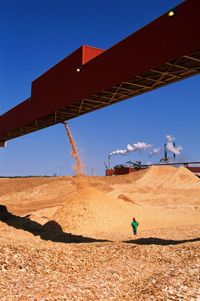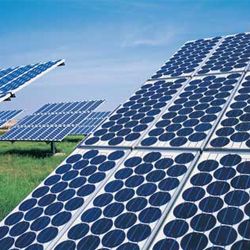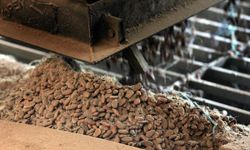One day, our grandchildren will look back on our era dirty fossil fuels, and they'll laugh at us for not getting our energy from clean, efficient dead cats like they do.
Um, what?
Advertisement
You read that correctly: fuel from dead cats. And if you think the idea is extremely strange and unlikely...well, you'd be right.
Rising energy prices are taking a chunk out of everyone's budget, and the economic effects have pushed "green" technology into the mainstream. To reduce our dependence on expensive, polluting fossil fuels, a lot of new energy sources are being explored. Wind energy, electric cars, hybrid cars, hydrogen fuel cells, biodiesel, ethanol -- the world of alternative energy can often seem strange and unpredictable.
It turns out there are energy sources out there that are much more bizarre than corn and sugar. For the most part, almost anything that can be burned can be used as a fuel source, but to really work on a large scale, an alternate energy source has to meet certain criteria. It has to produce more net energy for less money than current technologies, it must be widely available in large quantities and it should produce minimal pollution.
Which bizarre energy sources fit the criteria? You might be surprised by some of the alternative fuel solutions mentioned here; but which of these ideas are pure crank science, and which have a real chance of changing the world?
Let's begin by getting one of the more wacky ideas out of the way first -- an energy source that will most likely never catch on.







